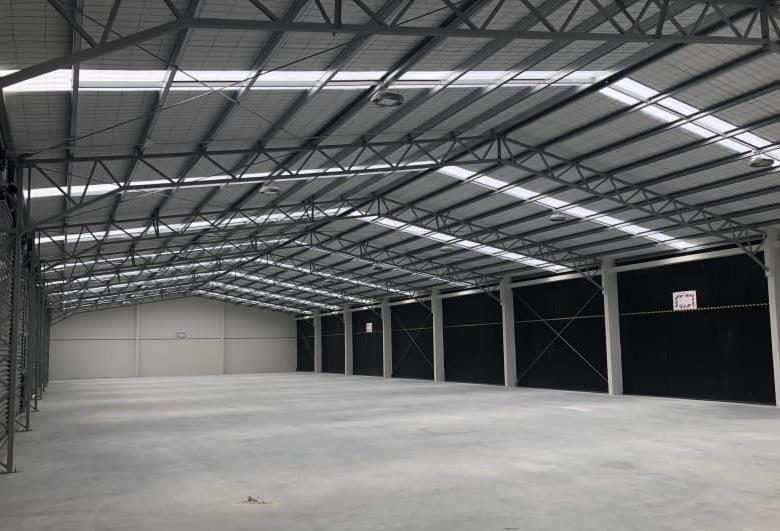When it comes to warehouses, the type of roof you choose plays a crucial role in ensuring the safety, functionality, and longevity of the building. The warehouse roof serves as the first line of defense against the elements, protecting your valuable assets and inventory. In this comprehensive guide, we will explore various warehouse roof types, their features, and considerations to help you make an informed decision when selecting the right roofing system for your warehouse.

The Importance of Choosing the Right Warehouse Roof:
The roof of a warehouse not only provides protection against weather elements but also contributes to the overall energy efficiency and structural integrity of the building. It is essential to understand the different types of warehouse roofs available and their specific advantages to ensure optimal performance and long-term cost-effectiveness.
- Single-Ply Membrane Roofs: Single-ply membrane roofs are a popular choice for warehouse buildings. Made from durable synthetic materials like EPDM, PVC, or TPO, these roofs offer excellent waterproofing properties and resistance to UV radiation. They provide a lightweight yet durable solution and are relatively easy to install and maintain.
- Built-Up Roofing Systems: Built-up roofing (BUR) systems consist of multiple layers of bitumen and reinforcing fabrics, creating a durable and long-lasting roof. BUR roofs are known for their exceptional resistance to punctures and their ability to withstand heavy foot traffic. They provide excellent insulation and can be an ideal choice for warehouses located in areas with extreme weather conditions.
- Metal Roofing: Metal roofing is another popular option for warehouses due to its durability and longevity. Metal roofs offer exceptional resistance to fire, high winds, and extreme weather conditions. They are lightweight, low-maintenance, and provide excellent energy efficiency. Metal roofs offer design flexibility and aesthetics with styles like standing seam, corrugated, and metal shingles.
- Green Roofs: Green roofs are an eco-friendly option gaining popularity in warehouse construction. These roofs feature a layer of vegetation and soil, providing insulation, reducing stormwater runoff, and improving air quality. Green roofs can help regulate the temperature inside the warehouse and provide a visually appealing and sustainable roofing solution.
Considerations for Choosing a Warehouse Roof:
- Climate and Weather: Consider the weather conditions in your area, including temperature extremes, rainfall, and wind speeds. Ensure that the chosen roof type can withstand these elements effectively.
- Energy Efficiency: Look for roofing systems with high thermal insulation properties to reduce energy consumption and HVAC costs.
- Roof Load Capacity: Consider the load capacity and choose a roof type that supports materials and maintenance activities.
- Long-Term Maintenance: Consider the maintenance needs of various roof types and select one that matches your capabilities and budget.
- Budget: Assess installation costs, lifespan, and long-term maintenance expenses to find the most cost-effective roofing option for your warehouse.
Conclusion:
Choosing the right roof for your warehouse is a crucial decision that impacts the building’s performance, energy efficiency, and overall longevity. Options like single-ply membrane roofs, built-up roofing systems, metal roofs, and green roofs offer unique features and advantages. Consider climate conditions, energy efficiency, roof load capacity, maintenance requirements, and budget to make an informed decision. The right warehouse roof type ensures security, durability, asset protection, and a conducive environment for warehouse operations.



Leave a Reply